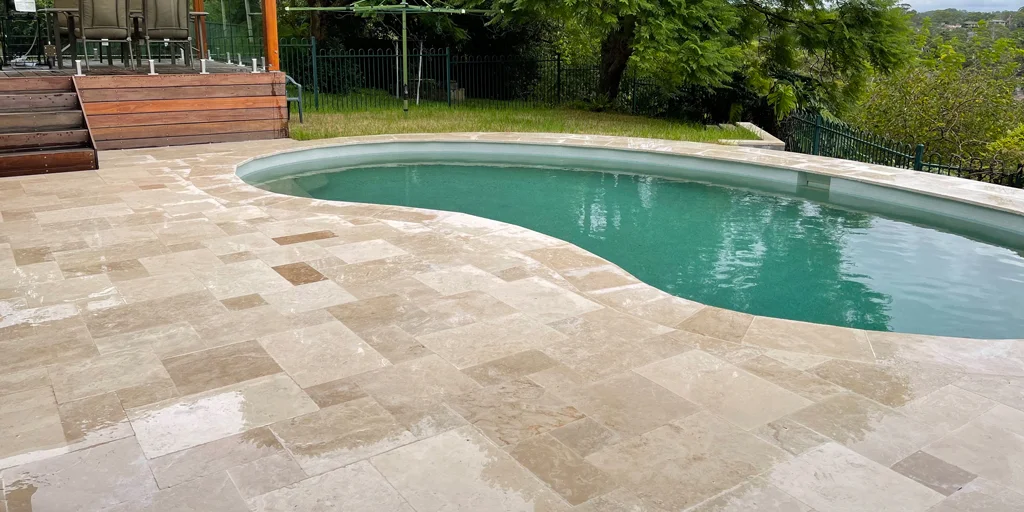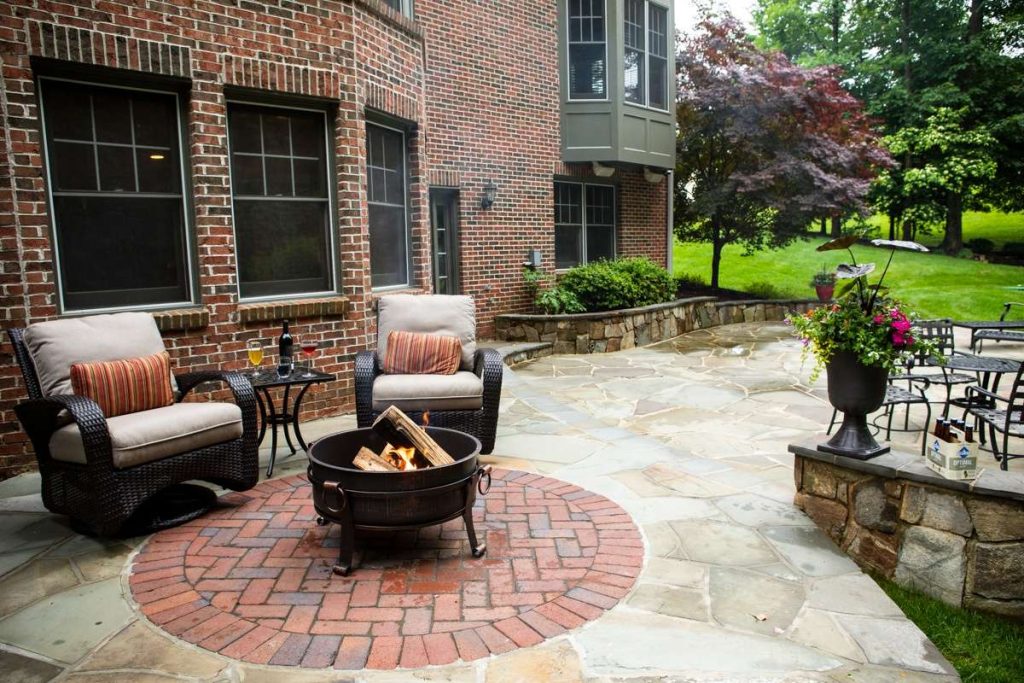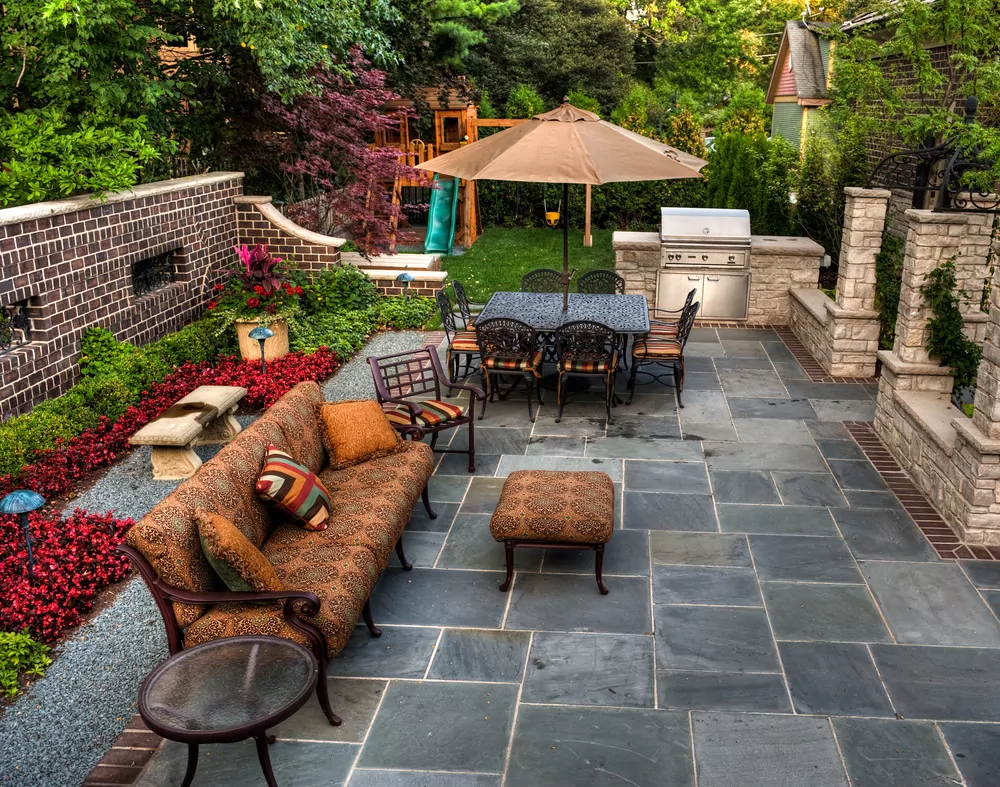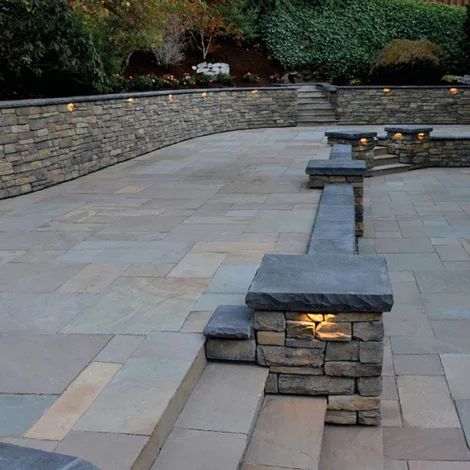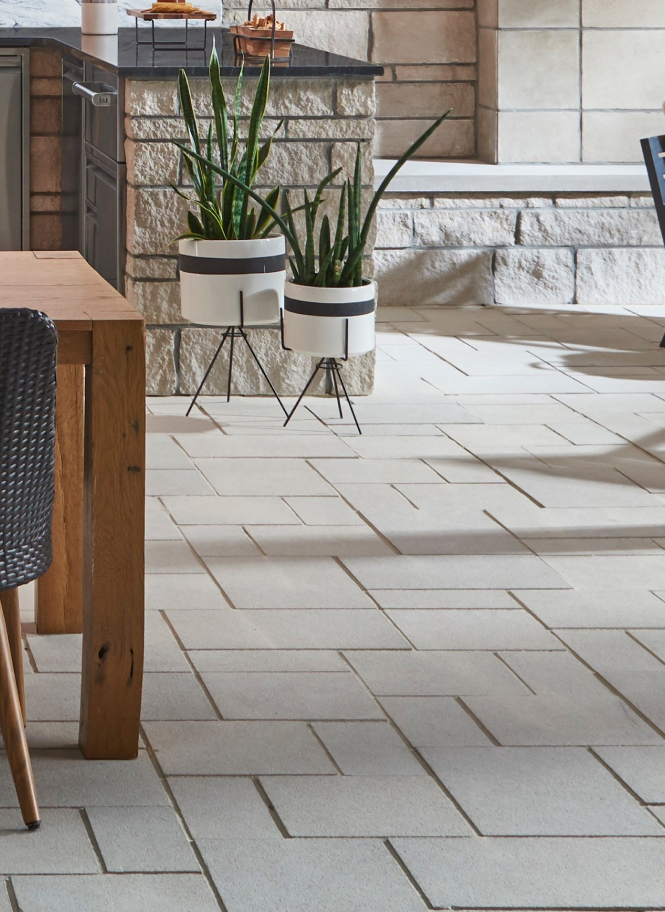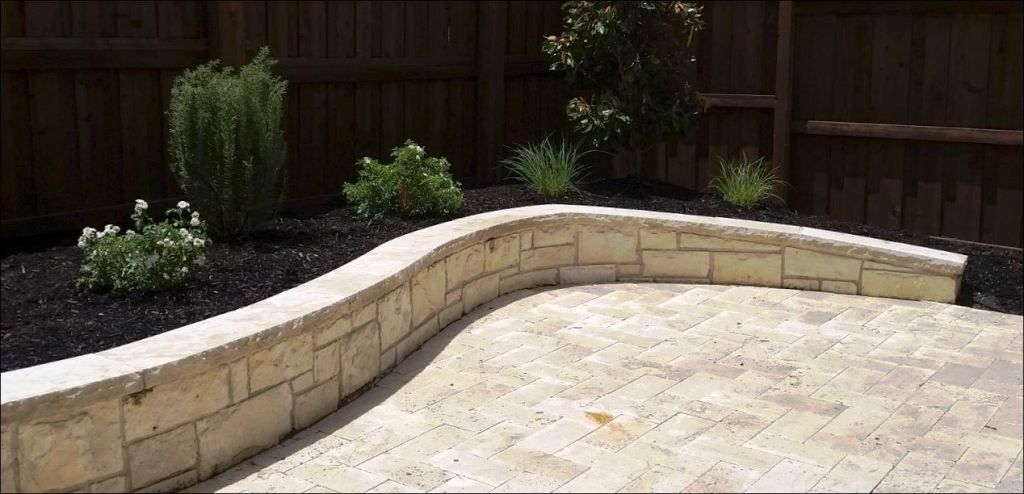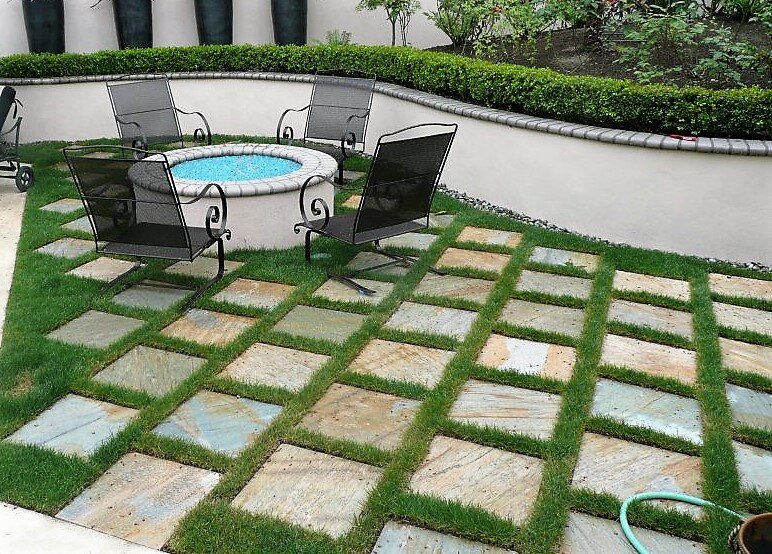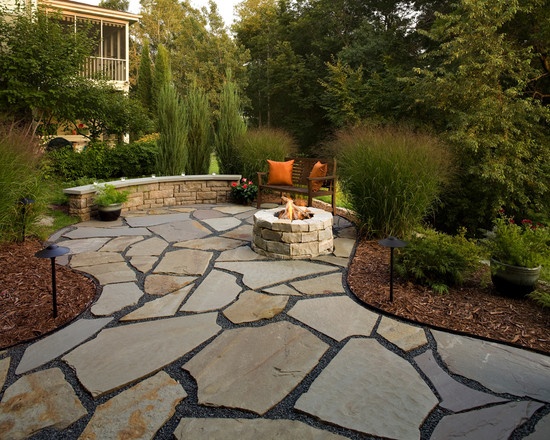Are travertine pavers good for outdoor patios?
Are travertine pavers good for outdoor patios? If you’re planning a new patio or updating an existing one, you’ve probably come across travertine pavers as a popular option. But are they really a good choice for outdoor patios? In short—yes. Travertine pavers are not only beautiful but also durable, weather-resistant, and comfortable underfoot. Here’s why travertine might be the perfect fit for your outdoor space.
1. Naturally Beautiful
Travertine is a type of limestone formed by mineral springs, giving it a unique texture and natural variation in color. From warm beiges and silvers to bold golds and walnut tones, no two pieces are exactly alike. This organic look brings a timeless, high-end feel to any patio design.
2. Slip-Resistant Surface
One of travertine’s biggest advantages for outdoor use is its textured, non-slip surface—especially important around pools, patios, and walkways. Even when wet, travertine provides great traction, helping to prevent slips and falls.
3. Comfortable in Any Climate
Travertine stays cool to the touch, even in hot summer weather. This makes it ideal for barefoot use on patios, pool decks, and garden paths. Unlike concrete or brick, which can get scorching hot under the sun, travertine remains pleasant and walkable.
4. Long-Lasting Durability
Travertine is known for its strength and longevity. It holds up well under heavy foot traffic and is resistant to cracking, fading, and weather damage when properly sealed. Whether you’re hosting backyard barbecues or relaxing with family, travertine stands up to the elements year-round.
5. Easy Maintenance
Maintaining travertine is simple. Regular sweeping and occasional rinsing with water are usually enough to keep it looking clean. A sealant can help protect against stains and enhance the natural color of the stone, especially in high-traffic or spill-prone areas.
6. Environmentally Friendly
Because travertine is a natural material, it’s a sustainable and eco-friendly choice. Unlike synthetic materials, it doesn’t emit harmful chemicals and blends beautifully into outdoor environments.
Final Thoughts
So, are travertine pavers good for outdoor patios? Absolutely. Their combination of natural beauty, slip resistance, durability, and comfort make them one of the best options for creating a functional and elegant outdoor living space.
Looking to upgrade your patio with travertine pavers? Browse our selection of premium natural stone pavers and let us help you bring your dream patio to life.

